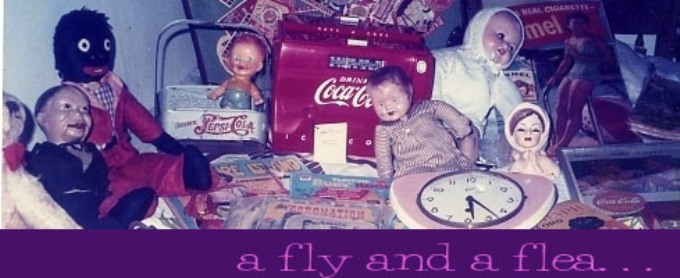
I went to a used book shop cum thrift store in Cubao and ended up buying not books and magazines, but this cute 1950s doll. I knew it's an old doll as the head was made of early hard plastic. A quick check on the net revealed that this doll--called Plassie--was actually a reissue of an earlier doll made by Ideal Novelty Corp., made in 1942. Like the old version, this doll has a stuffed cloth body, molded hair, sleep eyes with lashes and a closed mouth. It is marked on head: P-50 Ideal Made in U.S.A. The only difference is that, the limbs are of vinyl.

Plassie is a crier doll, which meant that it was made to emit a crying sound. The body still has the crier mechanism inside, but no longer works. It still remains a pretty doll (who can stand crying babies anyway?), a good example of fine dollmaking from America's leading maker of dolls, Ideal Novelty, which gave the world the Shirley Temple Doll and the first Teddy Bear!












